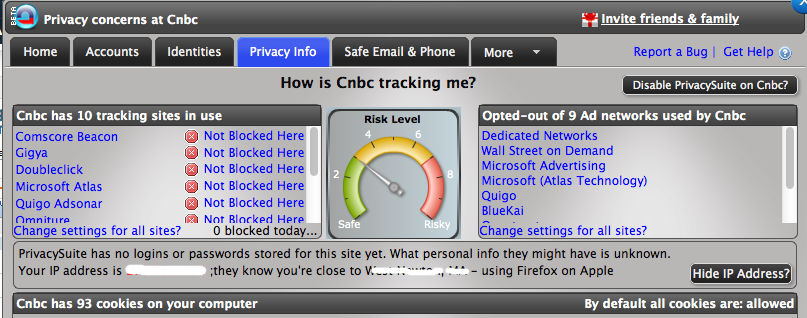Leading tech columnist David Pogue begins his review of Amazon’s latest line of tablets with, a decidedly not technical sentence:
I’m not exactly sure what’s been seeping into the water supply at Amazon’s Seattle offices, but it’s making the executives a little loopy.
His point is that Amazon’s claim that new Kindle is “the best tablet at any price” is so exaggerated at to be delusional. Seriously?
I haven’t tried the Kindle (I am writing this on a iPad), to which Pogue gives a generally positive review. What’s surprising is that he’s surprised by Amazon’s accompanying hype. It reminds me of the classic scene in the movie Casablanca, in which Captain Renault (Claude Rains) is “shocked” to find gambling in a casino.
As long as there have been commercial products there has been puffery. From World’s Best Cat Litter™ to the world’s best cannoli, over the top claims abound. What makes them puffery instead of fraud is their vague and general nature. They are inherently meaningless and hence not verifiable or refutable.
Does anyone old enough to have a credit card believe these or think anyone else does? Not even the courts?
If all Amazon had were blanket claims of superiority, the Kindle would be a non-starter. Their campaign does not hinge on claims of world’s best. More often than not, a marketing campaign based on puffery makes its sponsor look silly. Don’t worry about competing against the Best In The Universe.


